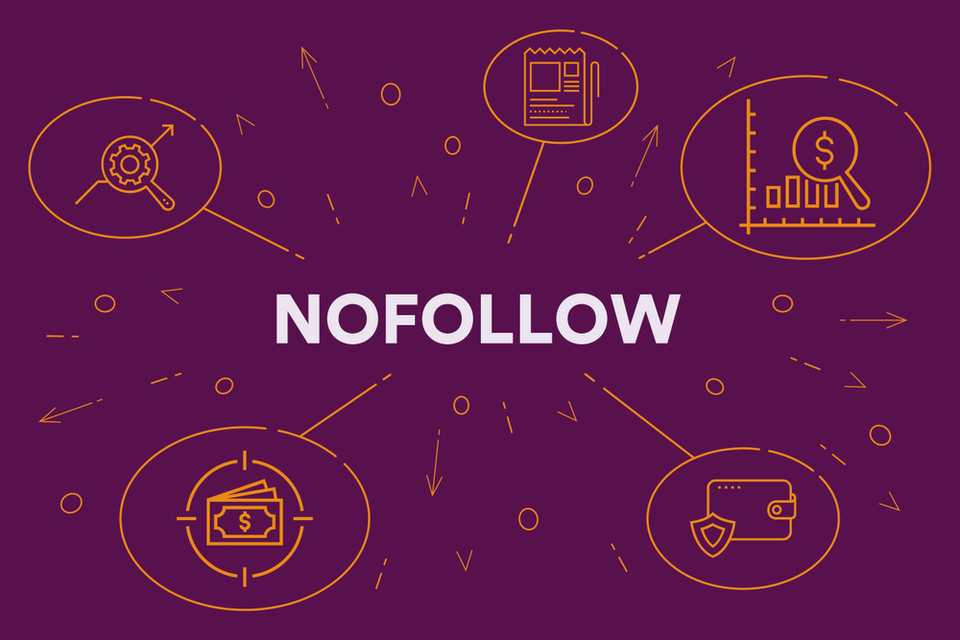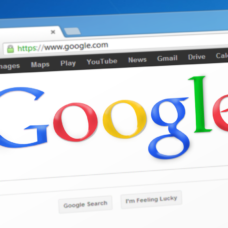Google‘s nofollow update is about to take effect on March 1, 2020.
The nofollow attribute was introduced nearly 15 years ago as a means to fight comment spam. However, it soon became one of Google’s favorite method for flagging sponsored links.
The web has evolved since the attribute arrived in 2005.
So, Google decided to update how it handled no-follow. The search engine giant announced a two-part update that’ll change how it handle identifies the nature of links.
At the time, Danny Sullivan and Gary wrote in a blog post:
“Today, we’re announcing two new link attributes that provide webmasters with additional ways to identify to Google Search the nature of particular links.”
The first part of the update took effect almost immediately. “All the link attributes, sponsored, ugc, and nofollow, now work today as hints for us to incorporate for ranking purposes,” said Google.
However, the second part of the update that would impact crawling and indexing is expected to roll out on March 1, 2020. Here’s what you should know about it.
About the March 1, 2020, Nofollow Update
As said earlier, the update will affect the crawling and indexing of nofollow links.
Before now, Google treated nofollow links as directives. The search engine bot simply obeyed with nofollow link attribute without crawling or indexing them. And that’s about to change.
Starting from March 1, 2020, Google will begin handling nofollow links as a hint for crawling and indexing.
The announcement reads:
“For crawling and indexing purposes, nofollow will become a hint as of March 1, 2020.”
So, site owners who depend entirely on nofollow to prevent the search engine from indexing a page must now consider other methods.
While it’s unclear whether the update would impact search ranking, you may still want to review the use of nofollow on your site. Consider removing the attribute and moving to a meta robots noindex.
Google points out that using nofollow to block the crawling and indexing was never a good practice in the first place.



















How To Find Your Lost Cryptocurrency.
My name is George Lucas. I want to testify about GEO COORDINATES HACKER. They helped me recover my stolen crypto worth $370,000 through their hacking skills. I tried it. I was skeptical but it worked and I got my money back, I’m so glad I came across them early because I thought I was never going to get my money back from those fake online investments. I want to recommend this great hacker to anyone that truly needs an urgent solution. You can also contact them via
Email; geovcoordinateshacker@proton.me
Email; geovcoordinateshacker@gmail.com Telegram ( @Geocoordinateshacker )Website; https://geovcoordinateshac.wixsite.com/geo-coordinates-hack